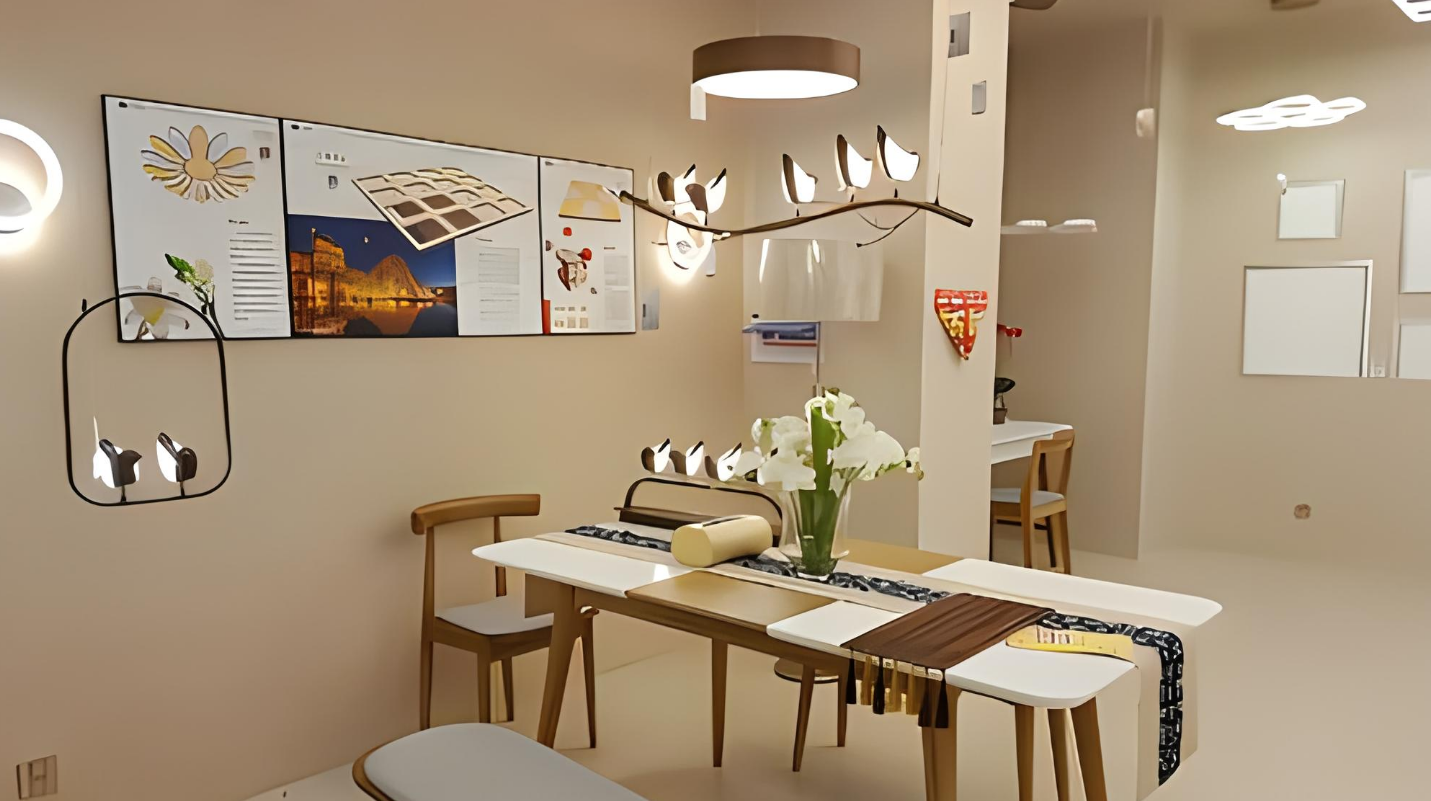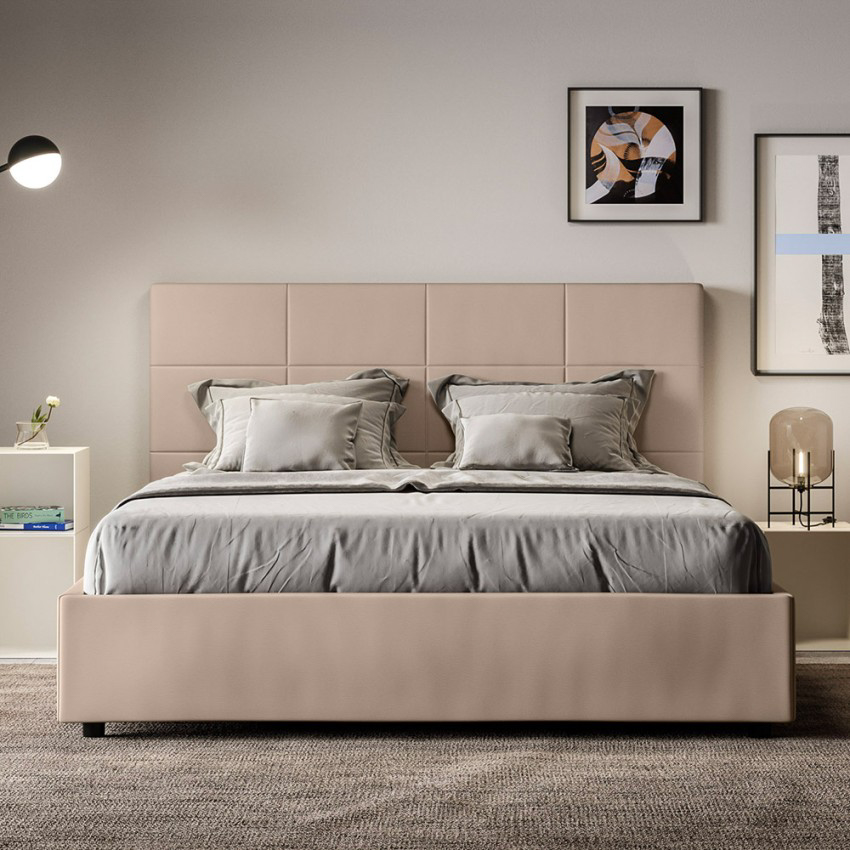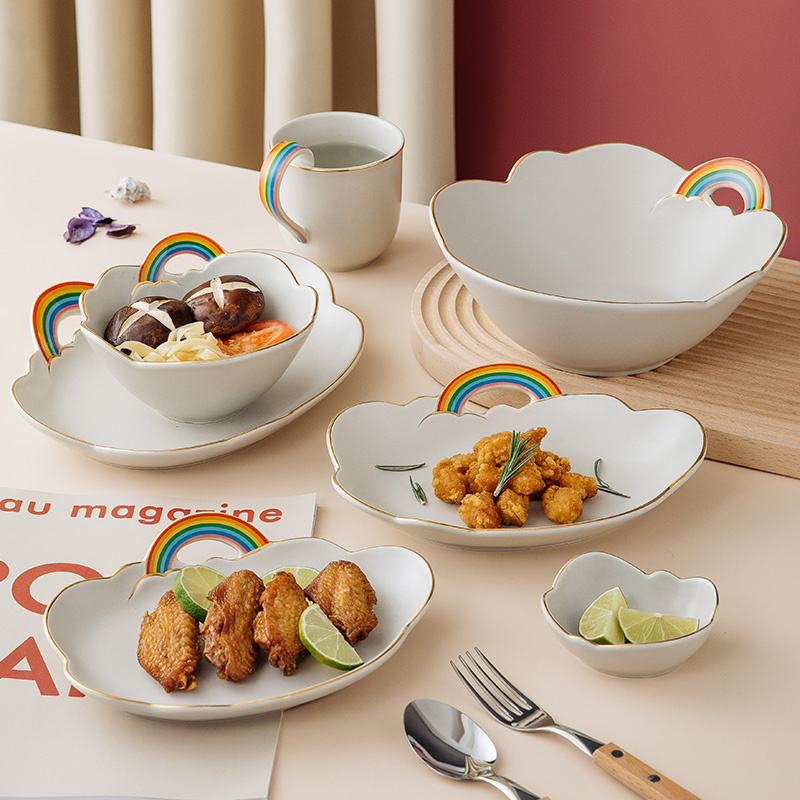The kitchen is often considered the heart of the home, and having proper lighting in this space is essential. Not only does good lighting improve visibility and functionality, but it also adds to the overall aesthetic appeal and ambiance of the kitchen. One popular option for kitchen lighting is hanging lights, which come in a variety of styles and designs to suit any kitchen decor. In this article, we will explore the benefits of using hanging lights in the kitchen, the different types available, factors to consider when choosing them, installation tips, popular styles, creative ways to use them, maintenance and cleaning tips, cost-effective options, and conclude with some final thoughts on enhancing the kitchen with stylish hanging lights.
Benefits of using hanging lights in the kitchen
Improved visibility and functionality: One of the main benefits of using hanging lights in the kitchen is that they provide improved visibility and functionality. By hanging lights directly above work areas such as countertops and islands, you can ensure that there is ample light for food preparation and cooking tasks. This not only makes it easier to see what you’re doing but also enhances safety in the kitchen.
Aesthetic appeal and ambiance: Hanging lights can also add a touch of style and elegance to your kitchen. With a wide range of designs available, you can choose a style that complements your kitchen decor and creates a cohesive look. Whether you prefer a modern and sleek design or a rustic farmhouse feel, there are hanging lights to suit every taste. Additionally, these lights can help create a warm and inviting ambiance in the kitchen, making it a more enjoyable space for cooking and entertaining.
Space-saving and versatility: Another advantage of hanging lights is their space-saving nature. Unlike traditional floor or table lamps, hanging lights free up valuable counter or floor space in the kitchen. This is especially beneficial in smaller kitchens where every inch counts. Additionally, hanging lights are versatile and can be used in various areas of the kitchen, such as over the island, above the sink, or in the dining area, allowing you to customize the lighting to suit your needs.
Types of hanging lights for the kitchen
Pendant lights: Pendant lights aijolighting are a popular choice for kitchen lighting. They typically hang from the ceiling by a cord, chain, or rod and come in a variety of shapes, sizes, and materials. Pendant lights can be used individually or in a group to create a focal point in the kitchen.
Chandeliers: Chandeliers are a more extravagant option for kitchen lighting. They often feature multiple arms with light bulbs and can add a touch of elegance and sophistication to any kitchen. Chandeliers are available in various styles, from traditional crystal designs to modern and minimalist options.
Island lights: Island lights are specifically designed to hang over kitchen islands or peninsulas. They provide focused lighting for food preparation and can also serve as a decorative element in the kitchen. Island lights come in different lengths and styles to suit various kitchen layouts.
Track lights: Track lights consist of a track that is mounted on the ceiling with adjustable light fixtures attached to it. This allows you to direct the light where it is needed most. Track lights are a versatile option for kitchens with multiple work areas or where flexibility is desired.
Flush mount lights: Flush mount lights are installed directly onto the ceiling, providing a sleek and streamlined look. While they may not hang down like other types of hanging lights, they still offer ample illumination for the kitchen. Flush mount lights are ideal for kitchens with low ceilings or for those who prefer a more minimalist aesthetic.
Factors to consider when choosing hanging lights for the kitchen
Size and height of the kitchen: When choosing hanging lights for your kitchen, it’s important to consider the size and height of the space. A large kitchen may require multiple hanging lights or larger fixtures to adequately light the area. On the other hand, a small kitchen may benefit from smaller, more compact lights. Additionally, the height of the ceiling will determine the length of the hanging lights and how far they should hang down.
Style and design preferences: The style and design of the hanging lights should complement the overall decor of your kitchen. Consider the existing color scheme, materials, and finishes in your kitchen when selecting hanging lights. Whether you prefer a modern, industrial look or a more traditional and classic design, there are options available to suit every style.
Lighting needs and functionality: Think about how you use your kitchen and what type of lighting you need. If you do a lot of cooking and food preparation, you may want brighter, task-oriented lighting. If your kitchen doubles as a dining or entertaining space, you may want to consider dimmable lights to create a more relaxed ambiance. Additionally, consider any specific areas in the kitchen that may require additional lighting, such as over the sink or above the island.
Budget and cost: Lastly, it’s important to consider your budget when choosing hanging lights for the kitchen. There is a wide range of options available at various price points, so it’s possible to find something that fits within your budget. However, keep in mind that higher-quality materials and more intricate designs may come with a higher price tag. It’s also worth considering the long-term cost of energy-efficient lighting options, as they can help save on electricity bills in the long run.
How to install hanging lights in the kitchen
Step-by-step guide to installation: Installing hanging lights in the kitchen can be done by following a few simple steps. First, turn off the power to the area where you will be installing the lights at the circuit breaker. Next, assemble any necessary parts of the light fixture according to the manufacturer’s instructions. Then, attach a mounting bracket to the electrical box on the ceiling. Connect the wires from the light fixture to the corresponding wires in the electrical box, using wire nuts to secure them. Finally, attach the light fixture to the mounting bracket and secure it in place.
Safety precautions and tips: When installing hanging lights in the kitchen, it’s important to prioritize safety. Always turn off the power at the circuit breaker before working with electrical wiring. If you’re unsure about any aspect of the installation process, it’s best to consult a professional electrician. Additionally, make sure to use the appropriate tools and materials for the job and follow all manufacturer’s instructions.
Tools and materials needed: The tools and materials needed for installing hanging lights in the kitchen may include a screwdriver, wire strippers, wire nuts, a ladder or step stool, a voltage tester, and a drill (if necessary). Additionally, you will need the light fixture itself, any necessary mounting brackets or hardware, and electrical wire.
Popular styles of hanging lights for the kitchen

Modern and contemporary: Modern and contemporary hanging lights feature sleek lines, minimalist designs, and often incorporate materials such as glass, metal, or chrome. These lights are perfect for kitchens with a clean and streamlined aesthetic.
Rustic and farmhouse: Rustic and farmhouse-style hanging lights often feature natural materials such as wood or wrought iron. They have a cozy and inviting feel and can add a touch of warmth to any kitchen. These lights are ideal for kitchens with a country or farmhouse-inspired decor.
Industrial and vintage: Industrial-style hanging lights are characterized by their raw and unfinished look. They often feature exposed bulbs, metal accents, and utilitarian designs. Vintage-style hanging lights have a nostalgic feel and can add a touch of old-world charm to the kitchen.
Traditional and classic: Traditional and classic hanging lights are timeless and elegant. They often feature ornate details, crystal accents, or intricate patterns. These lights are perfect for kitchens with a more formal and traditional decor.
Minimalist and sleek: For those who prefer a more minimalist and sleek look, there are hanging lights available that feature clean lines and simple designs. These lights blend seamlessly into any kitchen decor and provide a modern and understated look.
Creative ways to use hanging lights in the kitchen
Over the kitchen island: One of the most common ways to use hanging lights in the kitchen is by installing them over the kitchen island. This not only provides focused lighting for food preparation but also creates a visually appealing focal point in the kitchen. Depending on the size of your island, you can choose a single large pendant light or a group of smaller lights to hang above it.
Above the sink: Another creative way to use hanging lights in the kitchen is by installing them above the sink. This provides additional task lighting for washing dishes or preparing food and adds a decorative element to the sink area. Choose a light fixture that is water-resistant or has a protective cover to ensure safety in this wet area.
In the dining area: If your kitchen has a dining area, consider installing hanging lights above the table. This not only provides ample lighting for meals but also adds a touch of elegance and sophistication to the space. Choose a light fixture that complements your dining table and chairs for a cohesive look.
In the pantry or storage area: Hanging lights can also be used in pantry or storage areas to provide better visibility when searching for items. Install lights directly above shelves or cabinets to ensure that everything is well-lit and easily accessible. This can make organizing and finding items in these areas much easier.
As accent lighting: In addition to providing functional lighting, hanging lights can also be used as accent lighting in the kitchen. Install lights above artwork, architectural features, or decorative elements to highlight them and create visual interest. This can add depth and dimension to your kitchen decor.
Maintenance and cleaning tips for hanging lights in the kitchen
Regular dusting and wiping: To keep your hanging lights looking their best, it’s important to regularly dust and wipe them. Use a soft cloth or duster to remove any dust or debris from the surface of the lights. For more stubborn dirt or stains, you can use a mild soap and water solution to gently clean the lights. Be sure to dry them thoroughly to prevent any water damage.
Avoiding harsh chemicals and abrasive materials: When cleaning hanging lights, it’s important to avoid using harsh chemicals or abrasive materials that can damage the surface. Stick to mild soap and water solutions or specific cleaning products recommended by the manufacturer. Avoid using abrasive sponges or brushes that can scratch the lights.
Checking for loose parts and wiring: Regularly inspect your hanging lights for any loose parts or wiring. Over time, vibrations from the ceiling or movement in the kitchen can cause screws or other components to become loose. Tighten any loose parts and ensure that all wiring is secure. If you notice any frayed wires or other electrical issues, it’s best to consult a professional electrician.
Cost-effective options for hanging lights in the kitchen
DIY options and upcycling ideas: If you’re on a budget, there are plenty of DIY options and upcycling ideas for hanging lights in the kitchen. Consider repurposing old items such as mason jars, wine bottles, or wire baskets into unique light fixtures. You can also find affordable pendant light kits at hardware stores that allow you to create your own custom light fixtures.
Affordable brands and retailers: There are many affordable brands and retailers that offer stylish hanging lights for the kitchen. Look for sales, discounts, or clearance items to find great deals on high-quality lighting options. Online marketplaces such as Amazon or Wayfair often have a wide selection of affordable hanging lights to choose from.
Energy-efficient and eco-friendly options: Energy-efficient and eco-friendly hanging lights not only help reduce your carbon footprint but also save you money on electricity bills. Look for light fixtures that are ENERGY STAR certified or use LED bulbs, which are more energy-efficient and have a longer lifespan. Additionally, consider using natural light sources such as skylights or windows to supplement your hanging lights during the day.
Conclusion and final thoughts on using hanging lights in the kitchen
In conclusion, hanging lights are a stylish and functional addition to any kitchen. They provide improved visibility and functionality, add aesthetic appeal and ambiance, and save space in the kitchen. With a variety of types, styles, and designs available, there is a hanging light to suit every kitchen decor. When choosing hanging lights, consider factors such as the size and height of the kitchen, style preferences, lighting needs, and budget. Proper installation is key to ensuring safety and functionality, so be sure to follow the manufacturer’s instructions and consult a professional if needed. Regular maintenance and cleaning will keep your hanging lights looking their best, and there are cost-effective options available for those on a budget. Enhance your kitchen with stylish hanging lights and enjoy the benefits they bring to this important space in your home.




